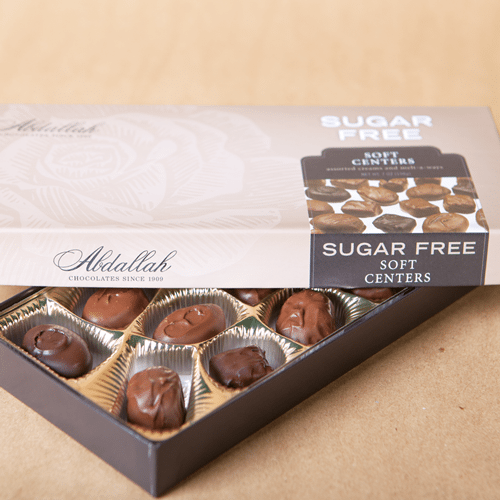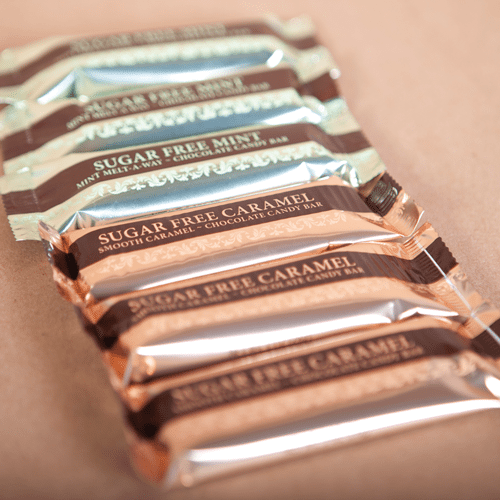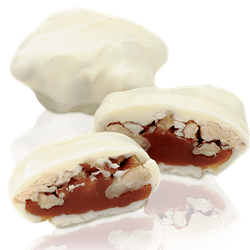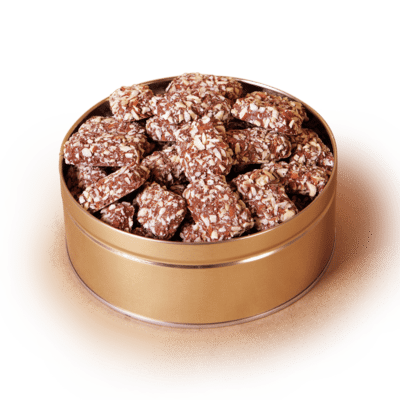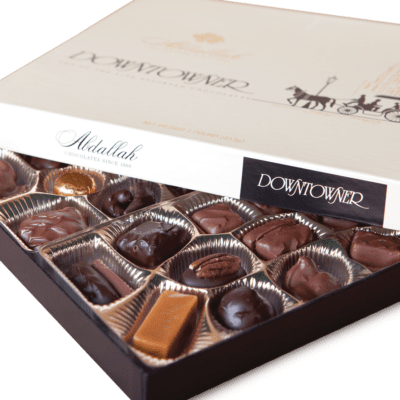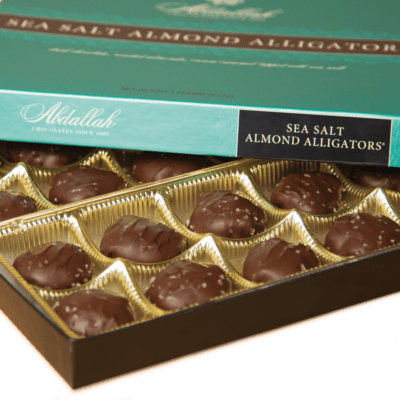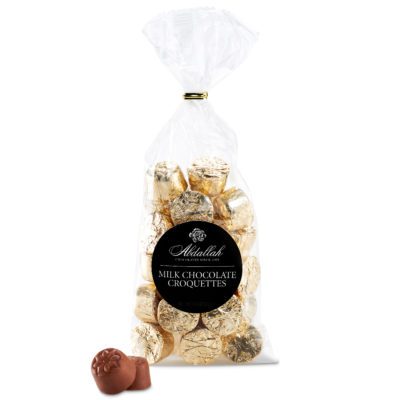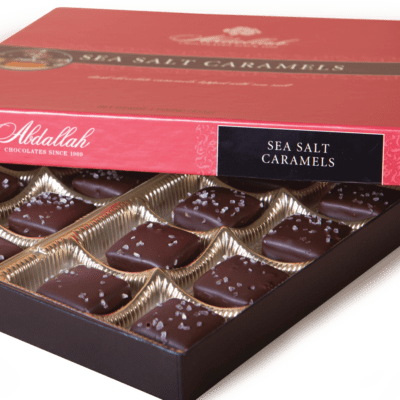Statistics estimate that Americans eat an average of 2.8 BILLION pounds of chocolate each year, which means an average of 11 pounds per person. About 1 in 4 adults will eat a minimum of one candy each day, with chocolate representing about 50% of their intake.
As chocolate plays a significant role in our culture, it often becomes the center of countless rumors and chocolate myths. These myths are generally harmless; however, they can make eating chocolate less enjoyable for some, and they may discourage a few individuals from eating chocolate entirely.
Before you swear off chocolate, take a look at the following myths and facts about your favorite snack.
Myth 1: Chocolate Causes Hyperactivity in Children
Many parents feel reluctant about serving their children chocolate. Supposedly the sugar high children experience when they consume their favorite bars induces an uncontrollable rush of energy. As a result, kids need to run, jump, and scream for hours at a time before they burn off the extra energy.
But research on sugar consumption has revealed otherwise. Children exhibited no noticeable difference in behavior and concentration on the days they ate chocolate and the days they did not. Additionally, children who consumed fruit showed more activity than when they consumed similar amounts of chocolate.
Researchers believe that environmental factors may have a greater effect on children’s behavior than the specific food consumed. As chocolate tends to make an appearance at special events (birthday parties, family celebrations, holidays, etc.), many people assume chocolate is the culprit rather than the situation.
Consider this chocolate myth dissolved.
Myth 2: Chocolate Triggers Headaches and Migraines
When you suffer from regular migraines, you may feel desperate to find the cause and avoid the trigger as much as possible. As you assess your lifestyle, you might discover that the days you tend to eat chocolate are the days you are more likely to experience an agonizing headache.
But studies have failed to find a link between migraine headaches and chocolate. Experts have found that stress, fasting, fatigue, and alcohol are far more likely to induce headaches than chocolate and that a placebo was as likely to trigger headaches as chocolate.
Some professors theorize that chocolate cravings may be a precursor symptom rather than a cause. Much like an aura before a migraine, you may crave chocolate a few hours before the attack.
At the same time, others have said this chocolate myth was created because people reach for a chocolate bar when they start to feel sick. They use chocolate to try to comfort them when they start to feel off, and as the migraine intensifies, they associate it with chocolate.
Myth 3: Cacao and Cocoa Are the Same
As you browse different chocolate products, you may see a “cacao” and “cocoa” as the top ingredients on the list. But although they have similar spelling and pronunciation, these two words describe slightly different ingredients.
Cacao is the rawest form of chocolate you can eat. It comes directly from cacao beans, and you can purchase uncooked cacao nibs and crushed cacao powder from your local grocery store.
Cocoa, in contrast, involves processing. When manufacturers clean and roast cacao at high temperatures, the resulting product is cocoa. If you were to buy cocoa in the store, you’ll likely find either natural cocoa powder (consisting of roasted cacao) or Dutch-processed cocoa (washed with potassium carbonate to neutralize the acidity). Both powders often contain additional sweeteners to make them more palatable.
Fortunately, unsweetened cocoa and cacao powders have similar flavors, so you can use them interchangeably in a variety of recipes without sacrificing quality or taste.
Myth 4: White Chocolate Is Chocolate Without Food Dye
Different cocoa powders come in a range of brown colors. Natural, unsweetened cocoa tends to have a light reddish brown hue. Dutch-processed cocoa powder undergoes a process that not only changes its pH levels but also influences its color; the powder has a noticeably darker brown color.
Because of these color differences, some individuals think cocoa powder includes varying levels of food dyes. By this logic, white chocolate is regular chocolate but without the dye to give it a rich brown color.
However, white chocolate isn’t a chocolate at all. White chocolate doesn’t include chocolate solids (cacao or cocoa powder) but rather relies on cocoa butter, a by-product of the cocoa bean. And according to the FDA, chocolate products need at least 10% chocolate liquor (from cacao or cocoa) to earn its chocolate label.
Many people would believe this chocolate myth if they heard it, just because white is so different than brown. But clearly it isn’t the case.
Enjoy Your Chocolate Without the Myths
These are just a few chocolate myths that continue to circulate year after year. If you hear a rumor about chocolate, do a little research of your own to sort the fact from the fiction. If you get really curious, reach out to your local chocolatier!
Have other chocolate myths you want to discuss? Leave a comment below!
If your sweet tooth is acting up, get shopping now!


